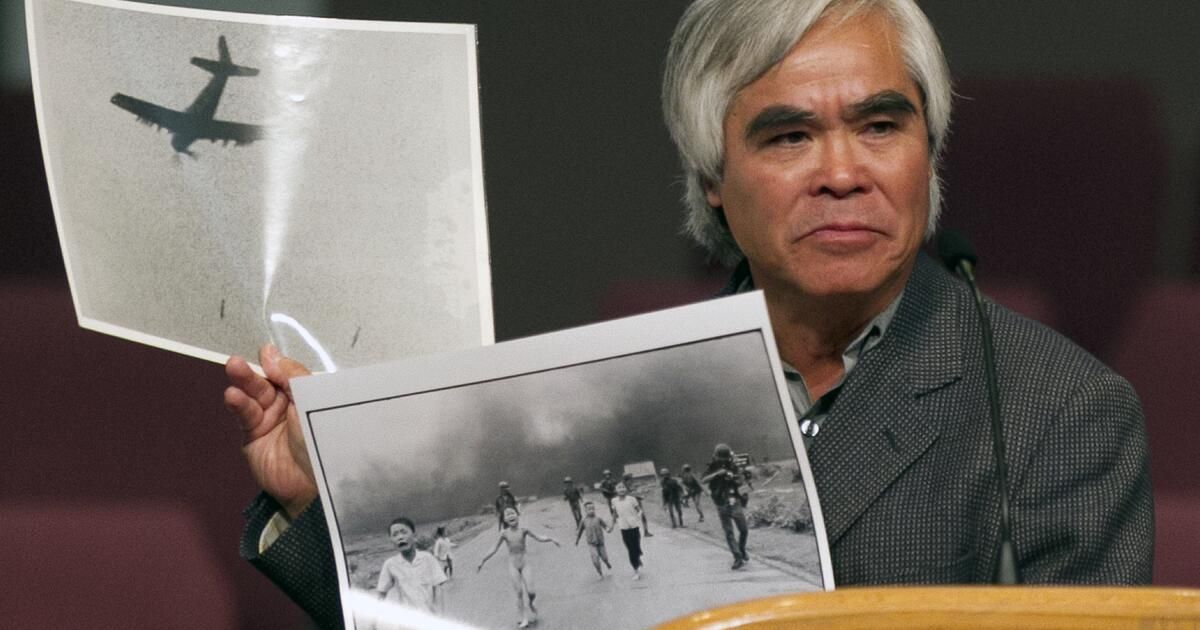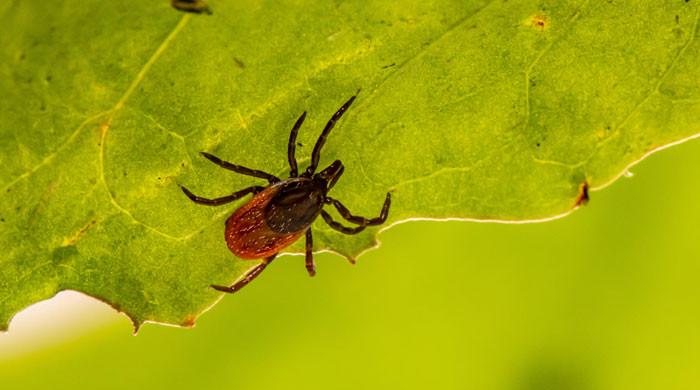The Pulitzer Prize -winning photographer, Nick UT, has spoken against the statements that his famous 1972 photo of a terrified child fleeing a Napalm bomb attack in his town during the Vietnam War was taken by another person.
“I took the photo of [Phan Thi] Kim Phuc, ”UT wrote in a statement on Wednesday published on Facebook. “I took the other photos of that day that showed their family and the devastation that caused the war. No one else has the right to affirm that I did not take that specific photo or any other photo attributed because I am the creator of all the work I have done from day one. “
The origins of the photo, officially titled “The Terror of War” but more commonly known as “Napalm Girl”, are questioned in the documentary “The Stringer”, which premiered at the Sundance Film Festival in January.
Directed by Bao Nguyen, the film follows the statements made by Carl Robinson, an AP photo editor in Saigon when the image was captured, which Horst Faas, head of photographic operations, instructed him to incorrectly accredit the photo A UT. The filmmakers research takes them to Nguyen Thanh Nghe, a driver of an NBC news team that was also present that day at Trảng Bàng in South Vietnam. Nghe affirms in the film that he really took the famous image, which landed in the AP as an independent photo.
“More than 50 years later, I can't understand why Mr. Carl Robinson, a AP co -worker in Saigon at that time, would invent a story and affirm that I did not take that iconic photo,” he retired from the AP in 2017, wrote in his statement. “Why would Mr. Robinson be presented in the many years prior to this? Mr. Robinson stopped by my side and held the Pulitzer Award that I won the day it was announced. Mr. Robinson has had a lot of time to appear at the key witnesses and those he is accusing of lying in Passe[d] far.”
Gary Knight, an executive producer of “The Stringer,” told The Times before the premiere that his “story does not depend on Carl.”
“We interviewed 55 people, 45 in Chamber and did the forensic investigation, which has been tested,” said Knight. “So we don't trust Carl's story. That was just the beginning of the trip. “
The AP conducted its own research on the origins of “The Terror of War” before the movie launch and concluded: “The AP has no reason to believe that someone who is not UT took the photo.”
In its publication on social networks, UT said that the AP system to match the negatives of films with photographers in Saigon at that time was “failure proof” and also accredited Haas for helping to publish the photo to despite “much rejection.”
“This accusation of Mr. Robinson in my opinion is a slap in front of all those who dedicated all their lives, careers to create authentic, real and true images in very difficult situations such as the Vietnam War,” said UT.












